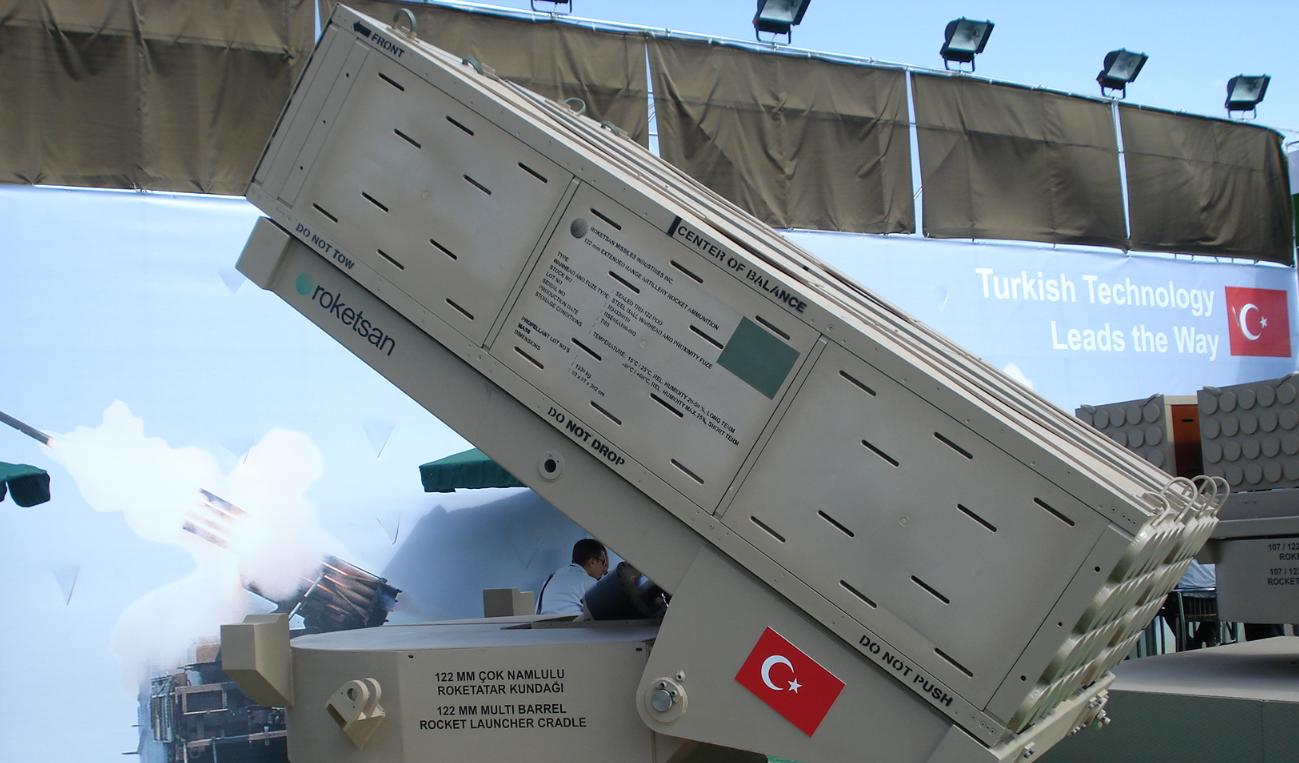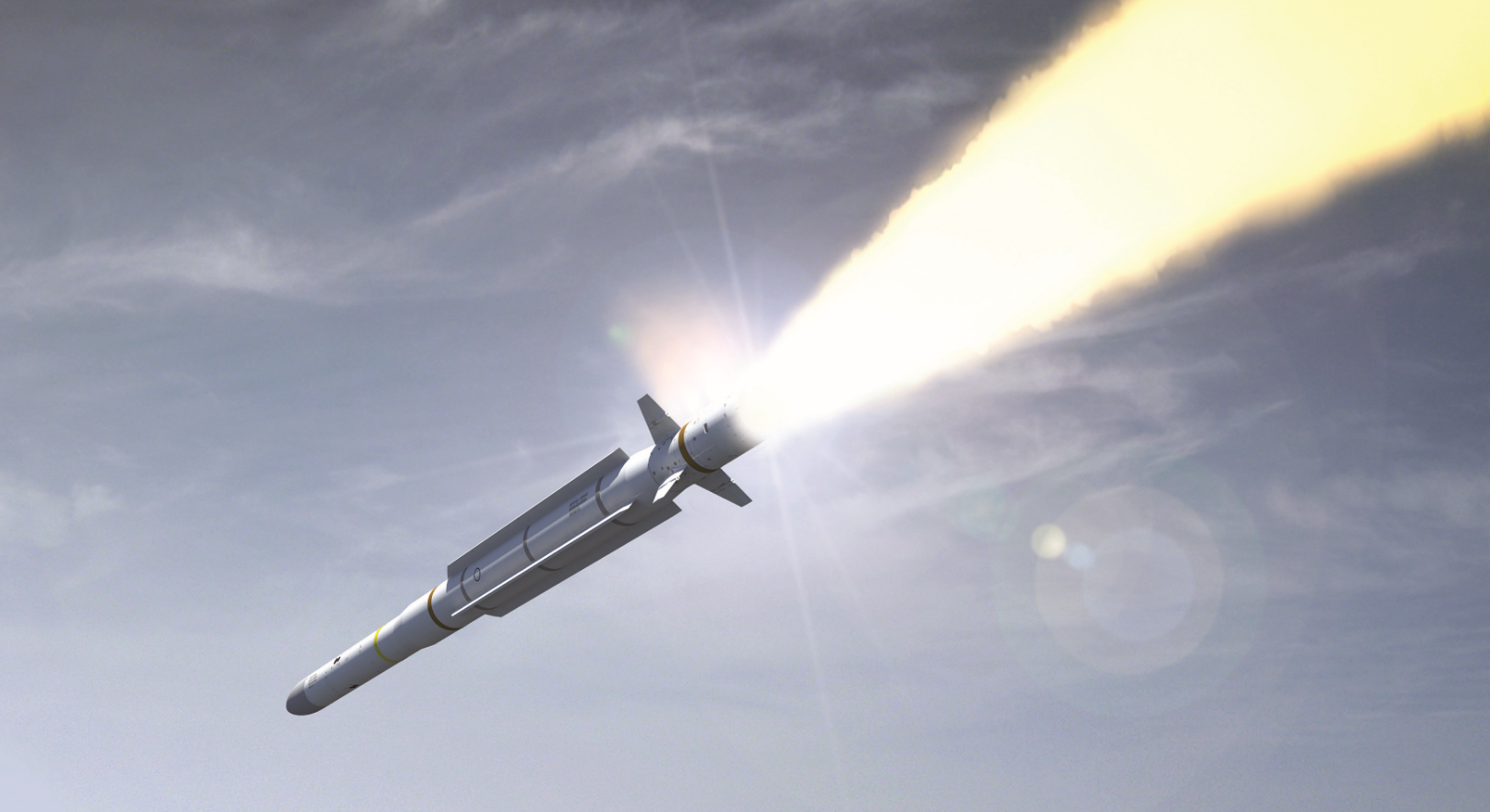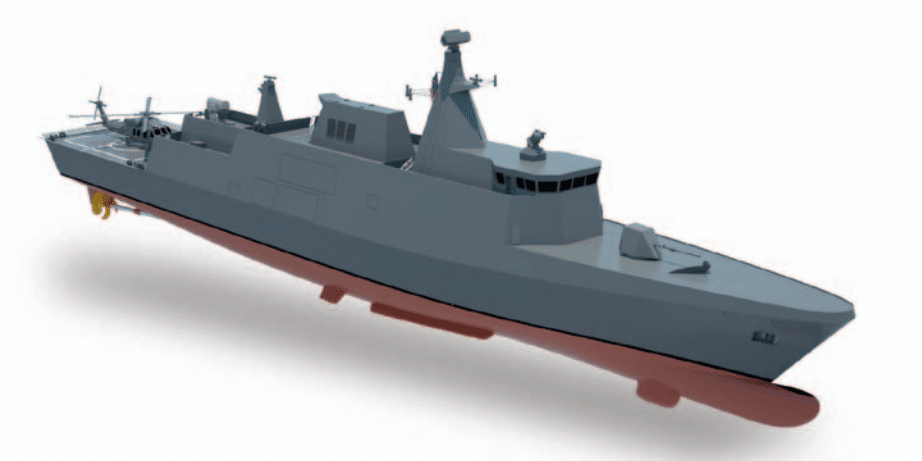2898Views 8Comments

Profile: Roketsan TRG-122 precision-guided artillery rocket
In September, the Turkish munitions producer Roketsan introduced a satellite-guided artillery rocket for use from its T-122 Sakarya multiple rocket launcher system (MRLS).
This new rocket – named TRG-122 – is derived from the 122mm TR-122-line of rockets, specifically the extended-range variant – which is capable of covering a distance of 40 km. According to IHS Jane’s, each TRG-122 weighs 72 kg (including an 18.4 kg high-explosive or fragmentation warhead). The customer has the option to supplement or supplant the GPS-based seeker with GNSS. The TRG-122’s accuracy is set at <50 m circular error probe (CEP). Roketsan hopes to have the TRG-122 ready for orders in 2017.
The scope of precision-guided munitions is evidently expanding. For a time, such munitions were limited to specialized munitions, such as stand-off range missiles, but with the increasingly affordable nature of guidance kits – especially GPS – the portfolio has broadened significantly. Today, one can include small and lightweight bombs, artillery shells, and artillery rockets.
However, irrespective of whether it is a bomb or a rocket, a precision-guided munition is in place to accomplish a specific goal – to maximize the chance of hitting its target. The effect of a successful impact can be felt across the battlefield chain, from the direct user achieving their mission objective to the rear-end logistics crew being spared from inefficiently using their munitions stock.
In terms of the TRG-122 specifically, it is worth recognizing that its 18.4 kg warhead is not going to fracture a bridge or penetrate hardened shelter. However, in a battlefield environment involving a large number of lightly protected posts and perhaps even mobile radar or air defence units, armies may be able to use the TRG-122 or a TRG-122-like system to great effect.
Granted, the effectiveness of the system is contingent on the user’s ability to gather location data on specific targets, which may also be mobile (e.g. a short-range air defence post). Long-range electro-optical (EO) surveillance pods, which could be housed from fixed-wing, rotary-wing, and potentially even unmanned aerial vehicles, could be a credible surveillance and target-acquisition method.
Within a modern – and dynamic – battle engagement, it is difficult to determine the utility of the TRG-122 without supporting intelligence, surveillance and reconnaissance (ISR) coverage and command, control and communications (C3) network. Yes, unguided rockets can be used to level saturated strikes over a specific area, but a guided rocket would indicate an intent to attack a relatively long-determined target.
In long-drawn border stand-offs between countries, pre-determining targets (before a conflict) may not be difficult, but beyond the initial exchange – and after rapid adjustments from both sides – it is not clear to what extent the TRG-122 could be useful. Of course, by this point, one could imagine the warring sides to pivot to different strike options (the TRG-122 would not be the sole solution).
In non-conventional warfare scenarios such as counterinsurgency (COIN), one could see the TRG-122 take on the role of a low-cost guided munition. For example, some circles of thought, such as those that advocate for the idea of using small warhead-based munitions in built-up areas – on the pretense that such warheads carry a marginal risk of collateral damage – could see the TRG-122 as a viable low-intensity solution. However, even in that scenario, the <50m CEP would not be acceptable; a laser-guided alternative (one guided by a system on the ground or air) would likely be sought.
Not all COIN planners would opt for such methods, the TRG-122 could potentially be utilized in non-civilian environments, such as desolate valleys or mountainous areas. The low-to-non-existent anti-air warfare threat environment in many COIN theatres opens the space for aerial ISR assets to locate targets, the coordinates of which could be fed to the rocket artillery units.
It is worth noting that Roketsan is not the only nor the first to enter the space with a precision-guided 122 mm rocket. For example, China’s NORINCO had also showcased a INS/GPS variant of its BRE7 Fire Dragon 122mm rocket, which is also capable of reaching a range of 40km, but with a CEP of 25m.



8 Comments
by SP
India is focusing on precision guided artillery to conduct “surgical strikes” against Pakistan. Pakistan also needs to get guided artillery that can travel 40 to 60 km with error of less than 20 metres.
I think the Russian and Chinese produce better systems than Turkey. The US also produces good systems but it will not sell anything that can be used against India.
Pakistan needs to select a good and capable system and then get a license to produce it in Pakistan.
by MT
I don’t find any use of such low barrel MBRL to have Satcom for hitting stationary target.
may be these low war head can be used to destroy terrorist camps.
anywaya SATCOM doesn’t offer much advn until if one rely on military.
Most MBRL with advanced gyro have precision of 2-5meters.
Indian pinaka tested with tata licensed honeywell talin (which doesn’t need gps) had shown accuracy up to 4-6 inches up to range of 40-75km
by MT
1.The Pinaka Mk II has a range of 65 km, compared to 40 of Mk I, which had an error
probability of one meter with the help of GPS.
IRNSS and gps can be blocked so u need more advanced inertial navigation system.
Talin 2000 has an error probability of only a few inches, has its own mind, is low cost and high technology, and also one of the best possible battlefield navigation systems..
2.Honeywell has signed an agreement with Tata Power SED to produce this sophisticated device, after clearance from the US government, and install it on systems like the Pinaka Multi Barrel Rocket Launcher (MBRL) and the Akash surface to air missiles, the two weapon systems the Tata Group is producing under licence from DRDO.
by Bilal Khan - Quwa
This was the unapproved post:
————-
“surgical strikes” against Pakistan
I can’t stop laughing. Ha ha ha ha ha ha ha.
————-
Explain to me how that was a constructive response to any of the statements made on this thread. If I had let this one slip, I am 100% sure there would have been 12 pending posts with personal exchanges and insults from all parties in the next 3 hours.
by Abdul Rashid
Mazhar, it is not necessarily Bilal who is blocking your comment. Any moderator on this site monitors the comments to ensure we have a positive, constructive discussion. Where there is a comment that can start an endless exchange of accusations and/or abuse, we block it. We block many comments that are hostile towards Pakistan and other counties too or comments that contain personal insults. The policy is impartial and is there to ensure a healthy debate and discussion. There are plenty of India v Pakistan forums out there for mud-slimging. We try to keep things clean on here and encourage a healthy dialogue.
by MT
Talin is basically most accurate INS to estimate global position (x,y,z ) coordinate without availing gps ( but its as good as military gps for short range)
Akash relies on command guidance (clos) to find its target which are transmitted by ground radar.
a very reliable pos estimate of akash sam is needed for its systems to calculate most reliable pos of target with respect to itself.
so akash rely on FOG INS which comes with error deviation of 0.00001 w/sec.
if u do an additive noise then it ll come around 1feet over 25km.
talin ll provide the final resolution to few inches.
Talin won’t be needed if akash2.0(ku band seeker)
few meter error in akash pos won’t have any adverse effect on moving target as long as it
have seeeker radar to track the target in terminal phase.
by Abdul Rashid
The moderator is allowing it because it contains no personal insult or abusive language and is on-topic. The style of writing might not be everyone’s cup of tea but on the whole the comment is fairly innocent.
by SP
Pakistan should get something like Raytheon M982 Excalibur, it would be very useful in Fata and Kashmir,